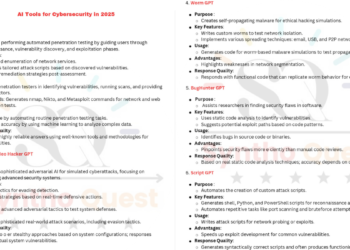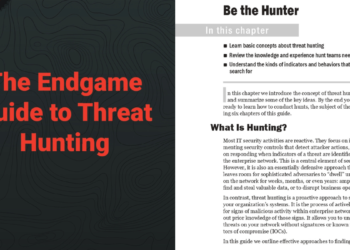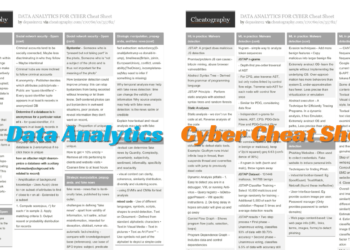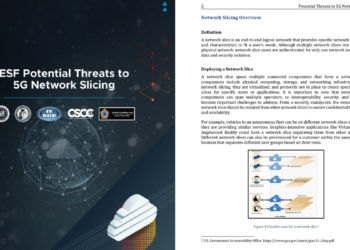Web applications have become an integral part of our lives, enabling us to perform various tasks conveniently. However, their widespread use also makes them attractive targets for cyber criminals.
To ensure the security and integrity of web applications, it is crucial to have a deep understanding of their vulnerabilities and effective defensive strategies. In this blog post, we present “Cyber Security Web Applications: Safeguarding Your Digital Assets with the CS Lesson 6 PDF Guide.
” This comprehensive guide serves as a valuable resource to enhance your knowledge of web application security, drawing insights from CS Lesson 6.
Let’s delve into the world of web application security and fortify our defenses against evolving cyber threats.










Unveiling Web Application Security Essentials:
“Cyber Security Web Applications: CS Lesson 6 PDF Guide” provides an in-depth exploration of web application security, covering the following key topics:
a. Common Web Application Vulnerabilities: Gain insights into the most prevalent vulnerabilities that attackers exploit in web applications. Understand concepts such as cross-site scripting (XSS), SQL injection, cross-site request forgery (CSRF), and insecure direct object references (IDOR). Learn how to identify and mitigate these vulnerabilities to protect your web applications.
b. Secure Coding Practices: Explore best practices for secure coding to develop robust and resilient web applications. Understand the importance of input validation, output encoding, and proper error handling. Learn about techniques such as parameterized queries, prepared statements, and secure session management.
c. Web Application Firewalls (WAF): Discover the role of WAF in protecting web applications from various attacks. Understand how WAFs analyze web traffic, detect malicious patterns, and enforce security policies. Learn about the benefits and limitations of WAF deployment.
Strengthening Web Application Security:
“Cyber Security Web Applications: CS Lesson 6 PDF Guide” offers practical guidance on enhancing web application security. The guide includes:
a. Authentication and Authorization: Explore the fundamentals of user authentication and authorization mechanisms. Understand the importance of strong passwords, multi-factor authentication (MFA), and role-based access control (RBAC) in ensuring secure access to web applications.
b. Security Testing and Vulnerability Assessments: Learn about different approaches to security testing, including black-box testing, white-box testing, and gray-box testing. Discover the significance of vulnerability assessments and penetration testing in identifying and remedying security weaknesses in web applications.
c. Secure Development Lifecycle (SDLC): Understand the key stages of the SDLC and how to integrate security at each phase. Learn about threat modeling, secure coding practices, security testing, and code reviews to embed security into the development process.
Benefits of the PDF Guide:
“Cyber Security Web Applications: CS Lesson 6 PDF Guide” offers several benefits to individuals seeking to enhance their understanding of web application security:
a. Comprehensive Resource: The guide serves as a comprehensive resource, covering essential web application security concepts and their relevance to cyber security. It provides a solid foundation for individuals looking to strengthen their knowledge and expertise in this area.
b. Portability and Accessibility: The PDF format allows you to access the guide on multiple devices, making it convenient to learn about web application security anytime and anywhere.
c. Offline Availability: Once downloaded, the PDF guide becomes an offline resource, ensuring that you have access to vital web application security information even without an internet connection.
Conclusion:
“Cyber Security Web Applications: Safeguarding Your Digital Assets with the CS Lesson 6 PDF Guide” equips you with the essential knowledge required to enhance web application security and protect your digital assets. By providing an in-depth exploration of web application security essentials and practical guidance on strengthening security measures, this guide empowers you to effectively defend against cyber threats.
Download “Cyber Security Web Applications: CS Lesson 6 PDF Guide” and embark on your journey to mastering web application security. Whether you’re a web developer, security professional, or an enthusiast seeking to enhance your knowledge, this guide will support you at every step.
With the insights and best practices provided in the guide, you can enhance the security posture of your web applications, mitigate vulnerabilities, and safeguard your digital assets. Embrace “Cyber Security Web Applications: CS Lesson 6 PDF Guide” and take a significant stride towards fortifying your web application defenses.
Download “Cyber Security Web Applications: CS Lesson 6 PDF Guide” and equip yourself with the knowledge to secure your web applications effectively. Let’s prioritize a comprehensive understanding of web application security and stay ahead of emerging threats.
Nu Of Pages:
10 Pages
Download The Lesson PDF:
Access The Others CS Lessons From Here

















